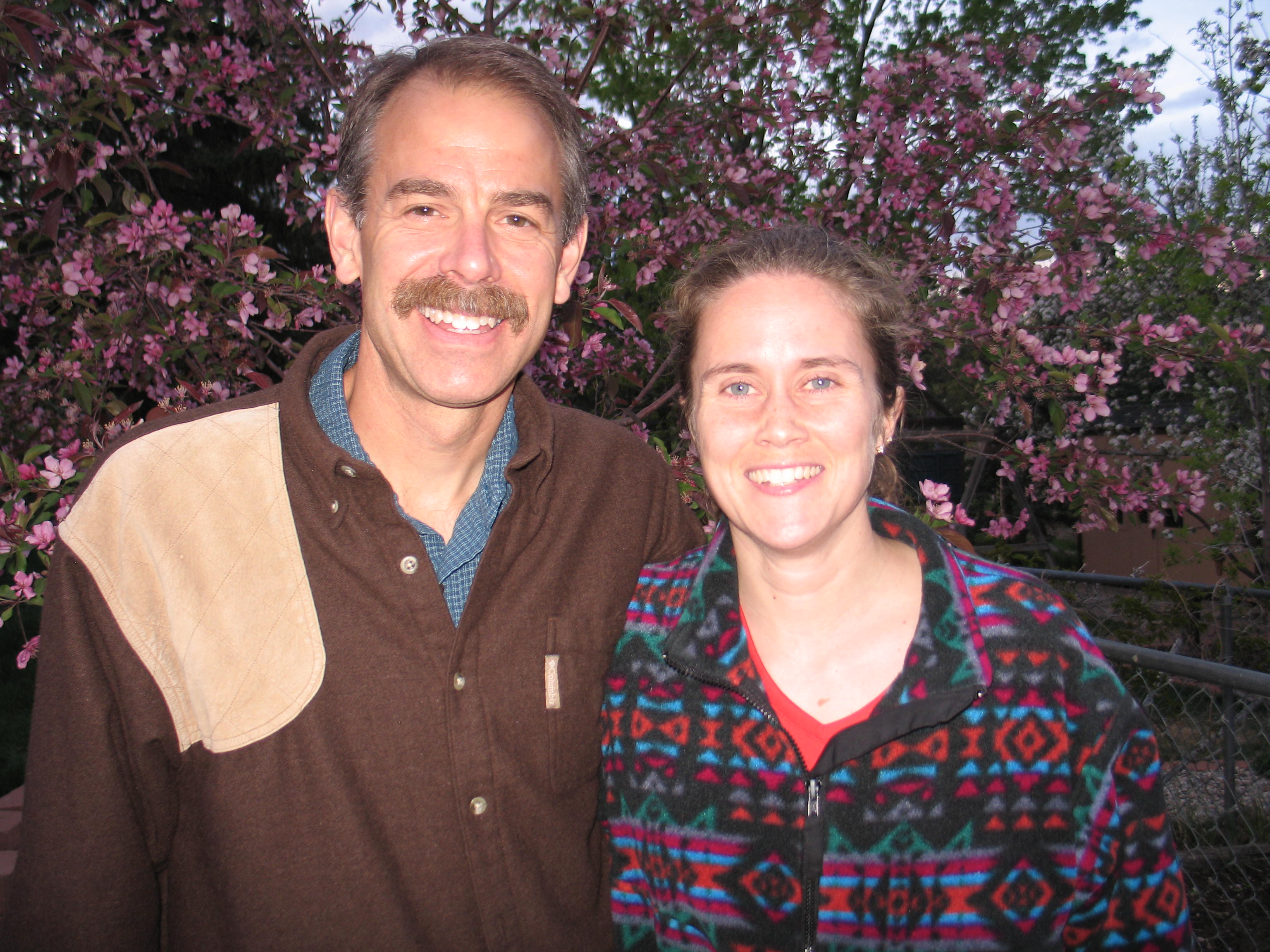
Congratulations to Dr. Kurt VerCauteren and Tammy VerCauteren, recipients of the 2012 UNL Wildlife Club Alumni Award, presented at the banquet on April 14. The Award recognizes the best and brightest of graduates from the UNL Fisheries and Wildlife Program who have gone on to have remarkable accomplishments and impacts in the field.
Kurt, a project leader for the USDA-APHIS-WS-National Wildlife Research Center in Fort Collins, Colo., received an M.S. in 1993 and a Ph.D. in 1998 in Natural Resources (Wildlife) from the University of Nebraska-Lincoln. Kurt started with the NWRC in 1999 as a research wildlife biologist in the Rodent Damage Project. In 2001, he initiated and led NWRC’s first project dedicated to ungulates, focusing on chronic wasting disease and bovine tuberculosis. He now leads two projects: Management of Ungulate Disease and Damage, and Prevention and Control of Rabies.
Kurt has served as the president of the Nebraska Chapter of The Wildlife Society and is the chair of the Wildlife Damage Management Working Group of TWS. He has also served as an associate editor for the Journal of Wildlife Management and Wildlife Society Bulletin. Kurt has published 91 refereed journal articles, 38 symposium proceedings, and eight book chapters. He has served on 13 M.S. and three Ph.D. committees and is an adjunct faculty member with UNL, Colorado State University, Texas A&M-Kingsville, Central Michigan University, University of Tennessee, and the University of Wisconsin-Madison. He developed a compendium of research on ungulate fences and frightening devices that led to products used nationwide and developed the first rectal biopsy live test for chronic wasting disease in elk. In 2010, Kurt received the USDA-APHIS-WS-NWRC Research Grade Scientist of the Year award. His current research budget exceeds $5 million and includes projects such as detection and control of chronic wasting disease in wild cervids, reduction of transmission of bovine tuberculosis from wildlife to livestock, control of rabies in wildlife vectors in the United States, evaluation of novel fences for reducing deer and elk damage to crops, susceptibility of white-tailed deer to exotic bluetongue virus serotype 8, and feral swine movements and disease threats relative to domestic swine.
Tammy (Meier) VerCauteren, executive director of the Rocky Mountain Bird Observatory in Brighton, Colo., received an M.S. in 1998 in Natural Resources (Wildlife) from the University of Nebraska-Lincoln. Tammy started with the RMBO as a biologist in 1999, conducting surveys on burrowing owls and piping plovers in Nebraska, Colorado, and Wyoming. She served as a GIS specialist and led the RMBO Land Stewardship Division from 2003-2007. She also served as coordinator and outreach director of the RMBO Prairie Partners Program. She was appointed interim executive director in 2007 and has served as the executive director of the RMBO since 2008. Tammy has established the RMBO as one of the premier bird conservation organizations in the nation. She has grown the annual budget to $3.5 million. The organization has 40 full-time employees, 80 temporary employees during the field season, and hundreds of volunteers. The RMBO currently does work in 13 states (including extensive efforts in western Nebraska) and Mexico. Tammy serves on several regional and national boards alongside high-ranking state and federal agency officials, yet Tammy’s efforts can be seen on the ground, where it matters for conservation. Tammy enjoys working with partners and encouraging proactive voluntary efforts for species conservation. She believes it is relationships with people that will make a positive difference for conservation now and in the future.
-- Scott Hygnstrom